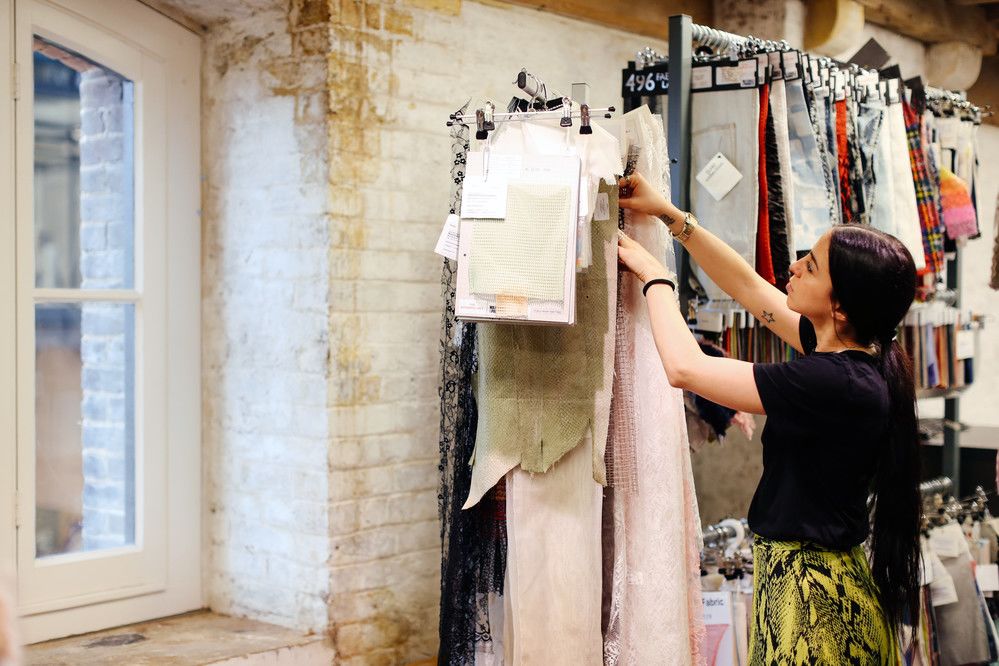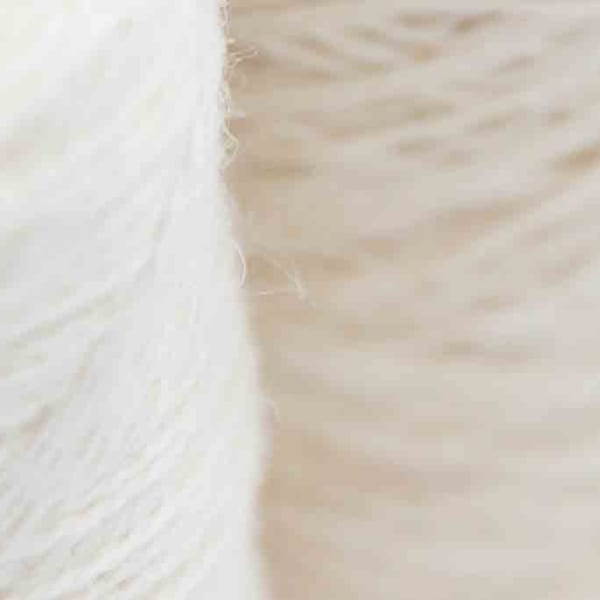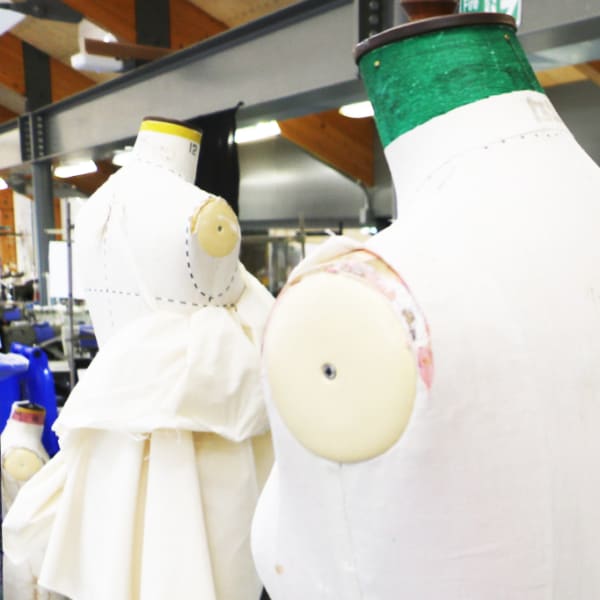
Breaking down sustainability terms

- Written byCarys Thomas
- Published date 06 April 2022

Did you know that the fashion industry is responsible for between two and eight percent of global greenhouse gas emissions? The industry is having a detrimental impact on the environment, contributing to water pollution, greenhouse gas emissions and landfill. It is one of the largest carbon polluters on Earth, and one of the biggest producers of waste.
Studies have shown that there are in fact enough clothes on the planet to clothe the next 6 generations, yet vast quantities of clothing continue to be produced and sold by increasingly popular "fast fashion" companies. If the demand for fast fashion continues to grow at the current rate, we could see the total carbon footprint of our clothing reach 26% by the year 2050, according to Greenpeace.
So, how can we change our ways and make better choices for our planet? Well, we can start by building our knowledge of some key sustainability terms and definitions. With so many terms and phrases now used to describe sustainable practices and issues, it can be difficult to know where to start. Do you know the difference between slow fashion and sustainable fashion, for example?
We caught up with Schelay McCarter, Associate Lecturer here at UAL, to find out what these key terms mean and discuss how we can start to build a more sustainable lifestyle. Schelay currently runs our Introduction to Slow Fashion and Sustainable Practices Online Short Course and is passionate about sustainable living.
Read on for our guide to the key sustainability terms – you’ll never have to wonder what "greenwashing" is again…
Sustainability: the key terms you need to know
We asked Schelay to break down the key sustainability terms and explain what they mean in practice. Here’s what she had to say:
- Sustainable fashion: sustainable fashion is related to the sustainable production process. The circularity of the process from start to finish. From the conception to the end result. For example, the cotton or flax plants credentials, is it organic? This includes the fertilisers and soil, water sources, the harvesting process, the fair-trade employment rights of the workers. The disposal of waste materials – are they recycled? The manufacturing – workers working conditions and fair wage practices. Transportation by sustainable means, the geography – factories sourced locally are more sustainable than those from across the globe for reasons of fuel usage and pollution. The packaging of the items for retail locally using recycled paper and cardboard.
- Slow fashion: slow fashion is upcycled clothing, Vintage, reinvented, customisation, second hand, choosing well buying less, make do and mend, sharing, passing clothes on, the rental market of clothes, swapping, recycling, invest in quality not quantity. Income is not an issue to engage in slow fashion – it is something that is open to all.
- Ethical fashion: this type of fashion is based on morally directed consumer shopping choices.
- Fast fashion: fast fashion is not ethical as it breaks all the rules of fair trade and sustainable practice and feeds on consumer hunger for regular replenishment. It engages in greenwashing and is based on profit and low-quality products that cannot be recycled, so by definition it is unsustainable.
- Greenwashing: greenwashing is falsification or misleading representations of sustainable practices in order to gain a pseudo sustainable image so that green working practice consumer acceptance is fostered.
- Circular economy: the concept of a circular economy relates to the intrinsic recyclable value of a product. It is about whether it is made to last, and if it can be fixed, re-used or recycled rather than put in a landfill site.
- Slow living: slow living runs on the premise that we all need to make morally right choices as to how we consume and recycle what we use. We need to make choices that have less impact on the environment and community. This involves a community mindset, acceptance of diversity and everyone working together as a whole whatever their ethnicity or background. The word ‘slow’ defines a ‘slowing down’ and pausing to take a breath and consider what is important in life. Living at a slower pace of life means saying no more. It means putting up boundaries where there haven't been any before. Closer connect to the environment and mindful use of resources.
What is the difference between slow fashion and sustainable fashion?
“Sustainable fashion is holistic - characterized by the belief that the parts of something are intimately interconnected and explicable only by reference to the whole,” says Schelay.
“Slow fashion starts ‘after’ the manufacturing process. Mindfulness and holistic lifestyle living practices are intimately linked to slow fashion as the word ‘slow’ defines a ‘slowing down’ and pausing to consider the impact that the individual consumer lifestyle has on the environment and fellow human beings.”
How can we start to build a more sustainable lifestyle?
One way to start building a more sustainable lifestyle is to start thinking about our consumption habits. Schelay recommends making small changes to begin with and being realistic about your goals. “As human beings we cannot control a strong need to have newness in our wardrobes,” she says, “but this need can be fed sustainably in many ways by engaging in a new mindset and adopting the slow fashion lifestyle practice of cutting back on new stuff – not altogether that would be unrealistic but by combining our slow fashion and sustainable fashion shopping habits we can make positive moves towards mindful consumerism and holistic lifestyle choices."
Why not think about learning to sew? “Learn to sew so you can make do and mend,” says Schelay, “buy a dress from a charity shop, keep that pair of jeans until they wear out – avoid fast fashion – and if you do buy fast fashion keep it for more than one season – share it!” If you’re in need of some inspiration to pick up the sewing needles take a look at our guide on 5 reasons to start sewing.

Inspired to find out more? You may be interested in our Introduction to Slow Fashion and Sustainable Practices Online Short Course. Through a combination of discussions, short lectures, case studies and practical assignments students on this four-week course will discover why slow living and slow fashion have become so attractive to us as consumers.
Designed to offer an introduction to sustainable living practices, this course is a good option for designers, creatives, managers and entrepreneurs in the creative industries with an interest in conscious consumerism. It is also a great fit for individuals who are new to the creative sector or who aspire to work in it, and want to learn more about slow fashion and sustainable practices.
If you'd like to learn more about possibilities of sustainable and ethical practices in fashion take at look at our other short courses on sustainability.


